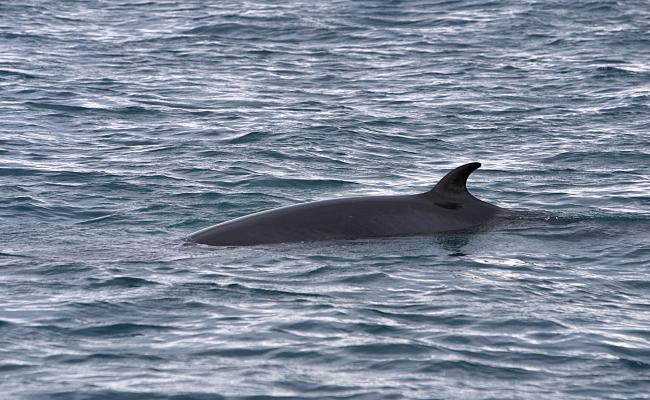Birds Have Been Nesting in the Arctic for Almost 73 Million Years

Arctic birds also serve as keystone ecosystem members, pollinating, dispersing seeds, and regulating insect and small mammal populations. New research indicates that they have been part of the Arctic ecosystem since the age of the dinosaurs. (Illustration of the circumpolar parasitic jaeger in Svalbard: Per Harald Olsen/Wikimedia Commons.)
A new study has found that birds have been nesting in the Arctic region for almost 73 million years, more than 25 million years longer than previously thought.
New research published in the journal Nature shows that birds have been nesting in the Arctic far longer than previously thought.
Researchers have explored more than 50 fossils found in northern Alaska, which suggest that some of the early ancestors of modern birds either migrated to or adapted to the harsh polar environment during the Mesozoic era, the age of the dinosaurs.
Although the Cretaceous Period (the last period in the Mesozoic era) had a warmer climate than today, the polar regions still experienced months of near-total darkness. Therefore, this was a challenging environment to colonize, despite not experiencing extreme cold.
While birds are a natural part of the Arctic today, this new research reveals that their presence dates back millions of years, predating the meteor that wiped out non-avian dinosaurs, as well as early in their evolutionary history.
"Birds have existed for 150 million years," said lead author Lauren Wilson at the University of Alaska Fairbanks to Phys.org.
"For half of the time they have existed, they have been nesting in the Arctic."
Museum collection
The researchers have arrived at these results by examining more than 50 bird fossils, including embryos and hatchlings, found in northern Alaska.
These bird fossils are part of the University of Alaska Museum of the North's collections and were collected from the Prince Creek Formation, an area along the Colville River on Alaska's North Slope. The area is known for its dinosaur fossils.
The researchers take tubs of screened sediment with them to the lab to examine under a microscope. This work has led to the discovery of many new species and provided new insights into the behavior and physiology of animals that lived in the Arctic during the Cretaceous Period.
Implications
This discovery pushes back the timeline of birds breeding in the polar regions by 25 to 30 million years.
The research also suggests that key adaptations such as rapid development and efficient flight played a role in birds' survival and later success after the end of the period.
"The common conception is they're too primitive to be exhibiting this advanced behavior," Lauren Wilson told Live Science. "So you're either dealing with [Arctic winters] as an itty-bitty, freshly hatched bird, or you're 3 months old, and having to fly about 2,000 kilometers to get to a point where it makes sense to even migrate."
"I don't think we would expect either of those things from these birds that don't belong to that modern lineage of birds," she explained.
"The Arctic is considered the nursery for modern birds," added Pat Druckenmiller, the paper's senior author and director of the University of Alaska Museum of the North.



